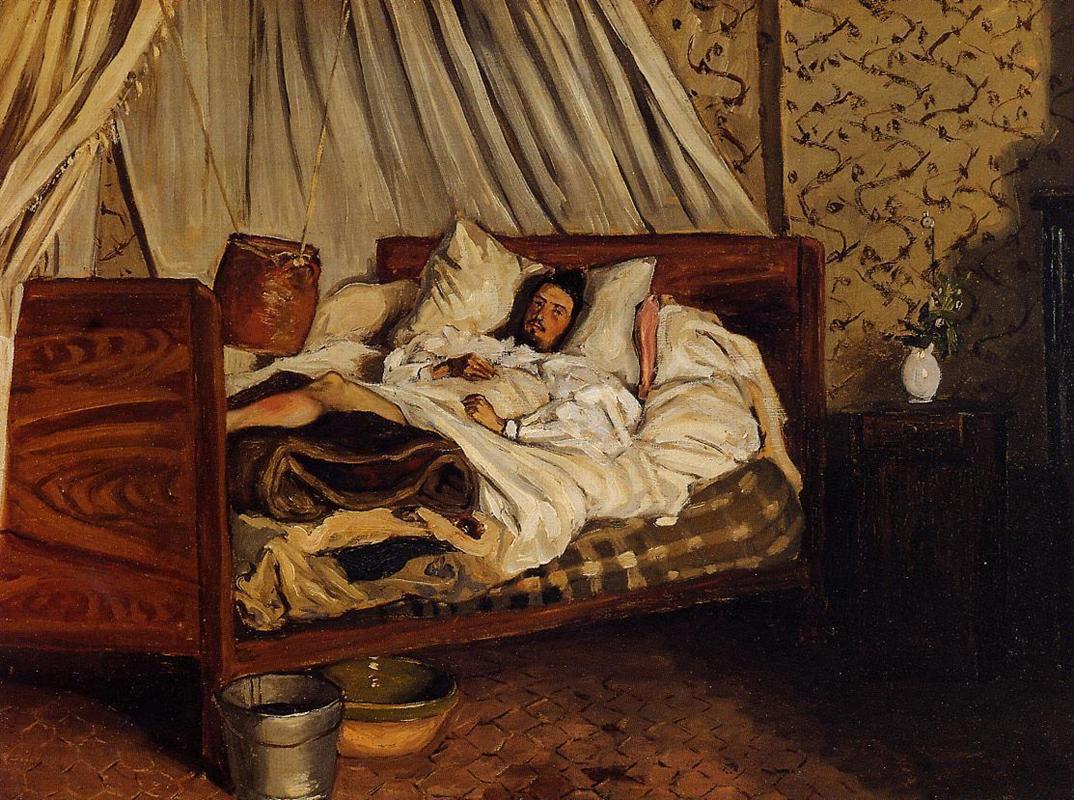Maximilien Robespierre
7:00 AM| Pierre Roch Vigernon, Maximilien Robespierre, d'après Adélaïde Labille-Guiard, 1786 |
Adélaïde Labille-Guiard was a female painter and miniaturist, who was constantly in bitter competition with her contemporary, Madame Vigée-Lebrun, a female rival in the field of Rococo portraiture. She was involved in a number of scandals and ethically and sexually… oh wait, I got the legitimate historical accounts mixed up with slander from her male rivals and enemies, who didn’t consider a woman able to properly participate in the world of high art. Sorry about that.
Seriously though. Labille-Guiard was not as considerate as Lebrun, who wrote a detailed memoir of her life, training, and experiences. Many details of Labille-Guiard's life have been lost, as well as several of her works, including the miniature she painted for her entry into the Académie de Saint-Luc. Her early education remains a mystery; she would not have fit into the normal male-dominated structure of mentors and pupils, but we know she did receive some tutoring from a family friend, François-Élie Vincent (whose son she would marry, then later divorce), and from Quentin de la Tour. Although Enlightenment philosophy, as summarized by Emmanuel Kant’s dictum “Sapere aude! (Dare to know!) Have the courage to use your own intelligence!” was coming to the fore at this time, rejecting old beliefs in favor of new rational, logical conclusions, a good deal of prejudice towards women still existed. Labille-Guiard nevertheless championed women’s rights and took on female students, as well as building up patrons and connections among the nobility and eventually getting one of her pieces into the Salon, Self-portrait with Two Pupils. She was eventually given the title Peintre de Mesdames (painter to the king’s aunts, believe it or not) and a cushy government pension.
After the French Revolution, her connections to the nobility made her suspect in the eyes of the new order. However, she adapted, and managed to obtain sittings with Maximilien de Robespierre, a famously influential member of the National Assembly. The painting shown above is a reproduction of the original - like many of her other works, it has been lost or destroyed. Robespierre exchanged correspondence with Labille-Guiard and even flirted with her. He smiles confidently in his portrait, a smartly dressed man with his hat tucked under one arm. The waist-up format with a simple background is Labille-Guiard’s standard for portraiture. His simple but elegant clothing is richly detailed, in all its folds and frills. Although some protested her use of pastels to immortalize l’Incorruptible, with criticisms like “Ah ! peignez un Robespierre à l’huile, (Paint a Robespierre in oils!)," her delicate touch and diligent eye for detail creates a warm and charismatic image of an influential young man, painted with a woman’s hand.











0 comments